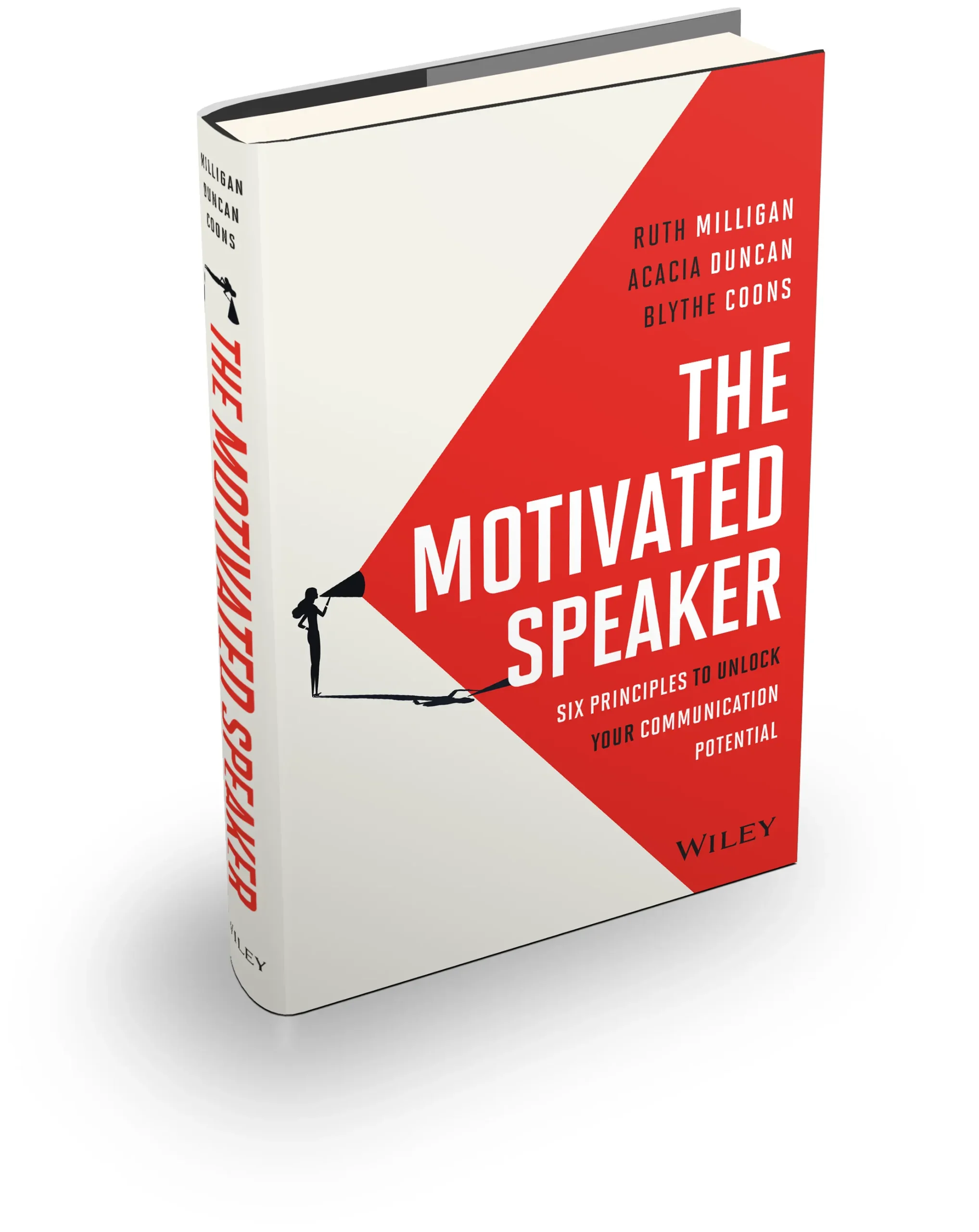I was working with a group of speakers who were tasked with sharing their work in just five minutes. Take a moment to imagine how difficult that is. It takes a lot of rigor to boil down an entire thesis into five minutes – especially if you want to ensure you don’t sacrifice the depth of the work.
As we approached the day of the presentations, a speaker said to me, “I just want the audience to know about this technique. Why do I need to tell them about the problem?”
This speaker had something to share — it was an elegant solution to a problem in data analysis. And she only had five minutes to do it, so she really wanted to spend as much time as possible on her work. Why waste time describing the problem?
In your communications, defining the problem that your idea addresses is far from a waste of time. In fact, if the problem statement is not clearly identified, you will have an even bigger problem on your hands: An audience that doesn’t care.
Consider the audience. Let’s give them some credit: They are usually kind and want to listen and learn. They come with the intention to be good audience members. Well, most of them do…
Put Your Audience at the Center
So why shouldn’t we, as communicators, simply skip straight to what we want to share with them? The answer is that your audience needs to use their energy to pay attention to your message.
It takes a lot of energy to really listen, even more to learn, and a huge amount to remember. When you share with an audience, you are asking them to exert energy, and humans are evolutionarily designed to conserve it. Sure, we all have the capacity to rally and get ourselves interested. But the more energy we are asked to exert, the more fatigued we become, until even the kindest audiences struggle to stay focused.
When you put the audience at the center of your presentation you realize that if you give them a reason to care, they will want to exert that energy. The easiest way to get them to care is to show them a problem that needs to be solved. If the audience can see something that needs to be fixed, or something that just doesn’t add up, they will lean in and be eager to hear your idea.
In the end, I told the speaker that I knew that she cared about her work, but that, as a good communicator, it was up to her to let the audience know why THEY should care about it. When she eventually stood up to speak, she looked confidently out at the audience, and said, “This is a problem that we need to solve.” And the audience nodded in agreement, ready to hear how they could solve it.
Want to Speak with Impact? We Can Help.
Do you have an important talk on the calendar? We can help. We’ve worked with leaders from business, education, science, healthcare, and philanthropy put their message into stories with impact. Contact us and let us know how we can support you.


